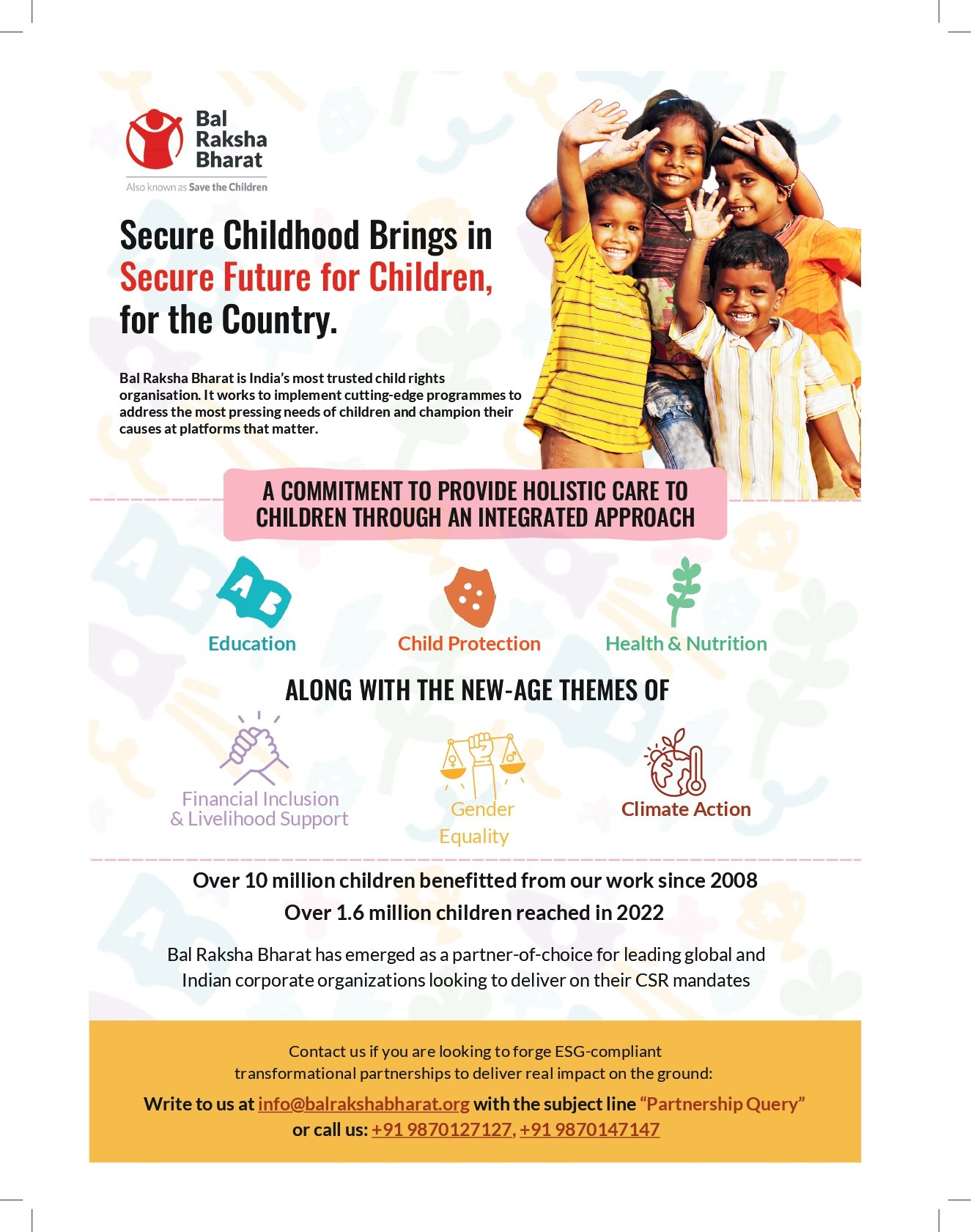
22 May 2024: As of 2023, the United Nations estimates the global population at over 8 billion, with India surpassing China to become the most populous country, boasting 1.4267 billion people. Despite this demographic shift, gender disparities persist. Globally, women constitute 49.7% of the population, but only around 50% participate in the labor force compared to 80% of men, with South Asia showing particularly wide gaps. In India, women’s labor force participation is a mere 18%, contributing just 18% to the GDP despite comprising 48% of the population.
The World Bank highlights that increasing India’s female labor force participation to 50% could boost GDP growth by 1%. The manufacturing sector, which represents 16–17% of India’s GDP, employs only 12% women, indicating a significant opportunity for improvement. In Tamil Nadu, women constitute 43% of the manufacturing workforce, demonstrating the potential for higher female employment in this sector.
India’s IT sector shows the highest female participation at 30%, followed by financial services at 22.4%. Tata Consultancy Services (TCS) leads, with 35% of its workforce being women. The gig economy, facilitated by remote work platforms, presents new opportunities for women, enhancing flexibility and accessibility.
Efforts to increase female participation include policies promoting equal pay, flexible work hours, maternity leave, and upskilling programs. For instance, Aditya Birla Group and JSW Steel are among the companies actively increasing female representation, driven by automation and policy changes. Additionally, companies like Apple and MG Motor India are recognizing the value women bring to manufacturing roles.
Despite these advancements, challenges remain. Women are predominantly employed in unorganized sectors, with agriculture having the highest female participation at 62.9%. The International Labor Organization reports that self-employment and unpaid family work primarily drive women’s employment.
To bridge the gender gap, several recommendations have been proposed. These include making female worker engagement mandatory through reservations, ensuring equal pay, providing career restart opportunities, and enhancing digital literacy. The creation of a “Women Workers Talent Pool” portal at national and state levels is suggested to facilitate job matching and career progression for women.
Global institutions like the United Nations, UNIDO, ILO, UNIFEM, and UNDP are called to play a crucial role in harnessing the potential of women workers. By focusing on skilling and re-skilling, these organizations can help integrate more women into the workforce, contributing to economic growth and gender parity.
Ultimately, achieving gender parity in India’s workforce is not only a matter of equity but also an economic imperative. It is crucial for realizing the country’s potential and reaching its goal of becoming the world’s third-largest economy by 2030. Engaging women in the workforce is a multifaceted strategy that promises substantial gains for individuals, families, and the broader economy.




































